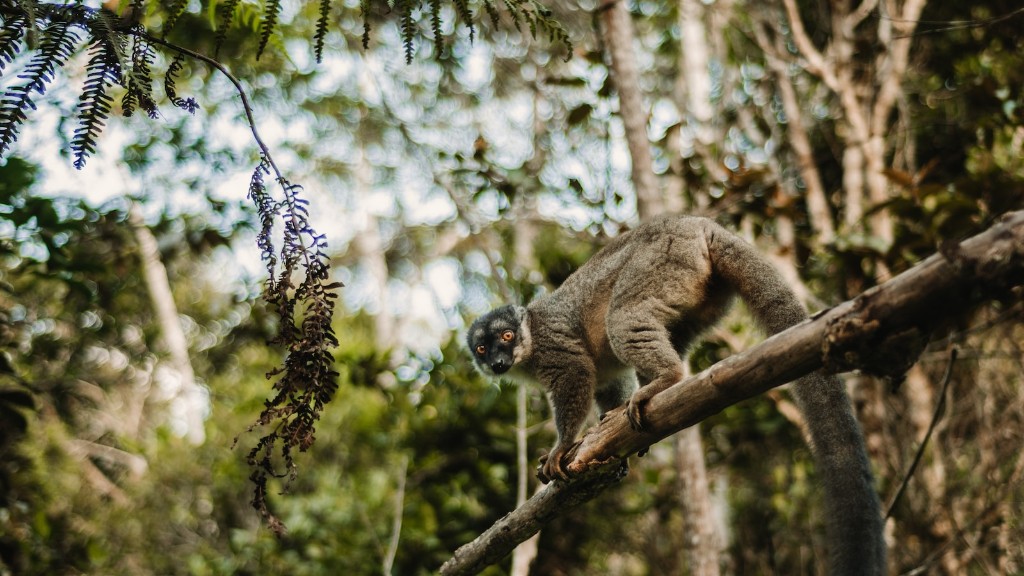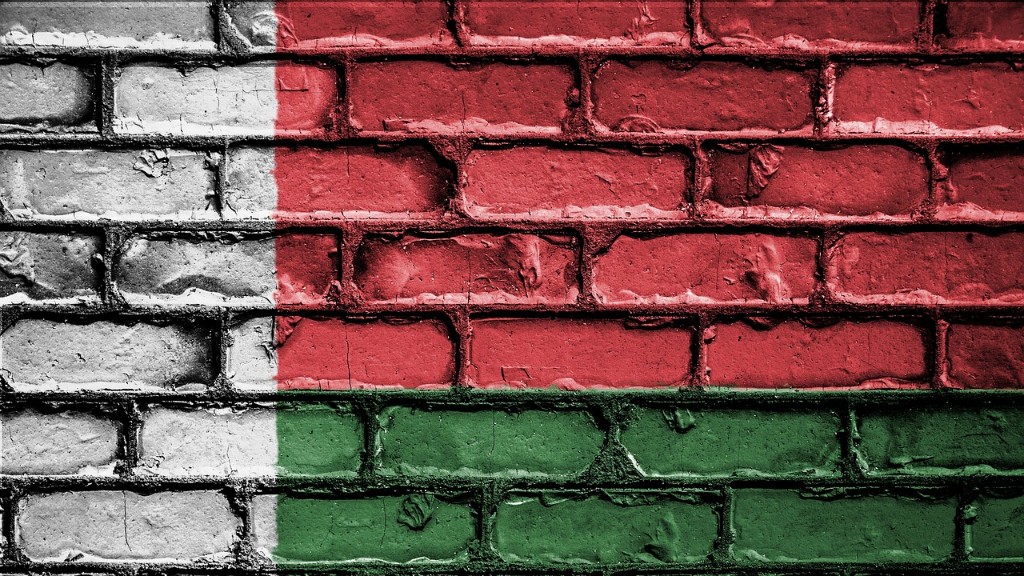What is Unique about the Island of Madagascar?
The island of Madagascar, located off the eastern coast of Africa in the Indian Ocean, is famously known for its rich biodiversity and unique ecosystems. With its isolated position, Madagascar has evolved independently for millions of years, resulting in a fascinating array of endemic plant and animal species. The island is renowned for its lush rainforests, diverse landscapes, and cultural heritage.
Madagascar stands out as one of the world’s top biodiversity hotspots, hosting a broad range of flora and fauna found nowhere else on Earth. Approximately 90% of Madagascar’s wildlife and 80% of its plants are endemic, making it a truly remarkable destination for nature enthusiasts and researchers alike. The island is home to iconic species such as lemurs, fossas, and baobab trees, which have become synonymous with Madagascar.
Experts believe that the isolation of Madagascar played a crucial role in shaping its unique ecosystem. The island separated from the African mainland around 165 million years ago, allowing evolution to take its course undisturbed. This resulted in the development of unique ecological niches and the evolution of distinct species that adapted to Madagascar’s varied climatic zones and habitats.
One of the most famous inhabitants of Madagascar is the lemur. These charismatic primates are found only on the island and exhibit an extraordinary diversity of forms and behaviors. With over 100 known species, lemurs have adapted to various ecological niches, from tree-dwelling species that feast on fruits to the rare aye-aye, a nocturnal lemur that uses its elongated finger to extract insects from tree bark.
Another unique feature of Madagascar is its remarkable flora, with over 12,000 plant species. The island is particularly renowned for its diverse collection of orchids, palms, and the iconic baobab trees. Six out of the world’s nine baobab species are endemic to Madagascar, and these iconic trees have become living symbols of the island’s distinctive landscapes.
Madagascar also boasts an incredibly rich cultural heritage. The island is inhabited by various ethnic groups, including the Malagasy people, who trace their roots back to Southeast Asia. The Malagasy culture is a fusion of Indonesian, African, Arabic, and European influences, resulting in a vibrant and diverse society. From their traditional music and dance to their unique spiritual beliefs, the Malagasy people have a rich cultural tapestry that adds to the island’s allure.
However, Madagascar faces numerous environmental challenges that threaten its unique ecosystems and biodiversity. Deforestation, habitat loss, and illegal wildlife trade pose significant threats to the island’s delicate balance of nature. Conservation efforts are underway to protect Madagascar’s natural treasures, but more action is needed to safeguard this precious island and its exceptional wildlife for future generations to enjoy.
Madagascar’s Marine Marvels
While Madagascar’s land-based biodiversity often steals the spotlight, the island’s marine ecosystems are equally mesmerizing. The extensive coral reefs along the coastlines are home to an incredible diversity of marine life, including vibrant fish species, sea turtles, and rare cetaceans. Snorkeling and diving enthusiasts can explore stunning underwater landscapes and encounter unique marine creatures found only in the waters surrounding Madagascar.
Furthermore, the island’s warmer waters host magnificent humpback whales during their annual migration. These gentle giants travel thousands of kilometers from the Antarctic to Madagascar’s offshore areas each year to give birth and raise their calves. Witnessing the sight of these majestic creatures breaching and playing in the ocean is a once-in-a-lifetime experience that attracts nature lovers from around the globe.
Madagascar’s Geological Wonders
Madagascar’s diverse landscapes are not limited to its rainforests and coastline. The island showcases striking geological formations that offer breathtaking views and unique geological insight. The Tsingy de Bemaraha National Park, a UNESCO World Heritage site, features limestone pinnacles known as tsingy, which were formed over millions of years of erosion. Exploring this otherworldly landscape is a thrilling adventure for those seeking to witness nature’s transformative power.
Additionally, the Avenue of the Baobabs stands as a testament to Madagascar’s distinctive landscapes. This world-famous row of towering baobab trees, some of which are over 800 years old, attracts photographers and travelers alike. The avenue is particularly captivating at sunset when the sky is painted in vibrant colors, creating a surreal atmosphere around these ancient giants.
Madagascar’s Fascinating History
As an island with a strategic location along major maritime trade routes, Madagascar’s history is as captivating as its natural wonders. Various seafaring civilizations, including Arab and European sailors, have influenced the island’s heritage over the centuries. The historic sites of Madagascar, such as the Royal Hill of Ambohimanga and the old pirate stronghold of Île Sainte-Marie, provide glimpses into the island’s multicultural past.
The arrival of the Malagasy people, who populated the island around 1,500 years ago, further enriched Madagascar’s cultural fabric. Their traditions, folklore, and oral history have been passed down through generations, contributing to the vibrant tapestry of Malagasy culture that is still celebrated today. Exploring Madagascar’s cultural heritage is a fascinating journey into the island’s past and a chance to connect with its welcoming and resilient people.
Madagascar’s Role in Paleontology
Madagascar’s geological history has not only shaped its biodiversity but also provided a window into the past. The island is renowned for its exceptional fossil record, particularly in regards to the evolution of ancient organisms. Fossils discovered in Madagascar, such as the famous dinosaur species Majungasaurus, have contributed significantly to our understanding of prehistoric life.
In addition to dinosaurs, Madagascar has also yielded remarkable fossils of early mammals, ancient reptiles, and extinct giant birds. These discoveries continue to shed light on the evolution of life on Earth and have made the island a paradise for paleontologists.
In conclusion, Madagascar’s uniqueness lies in its extraordinary biodiversity, isolated ecosystems, and rich cultural heritage. The island’s endemic species, ranging from lemurs to baobab trees, captivate the imagination and offer a glimpse into the wonders of evolution. The marine marvels, geological formations, fascinating history, and remarkable paleontological record further enhance Madagascar’s distinction, making it a truly remarkable destination for those seeking adventure, nature, and cultural immersion.




